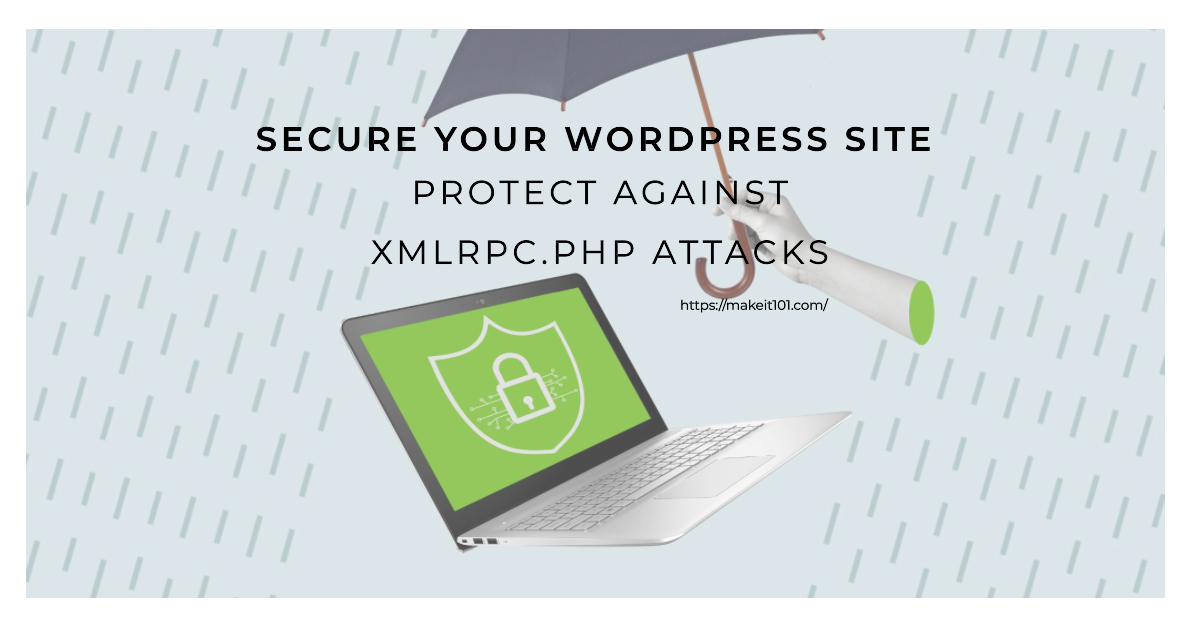WordPress is a widely used content management system (CMS) that powers millions of websites. However, with its popularity comes a range of security threats. One such threat is the xmlrpc.php attack. In this post, we’ll discuss what xmlrpc.php attacks are and how to prevent them.
Table of Contents
What is xmlrpc.php?
xmlrpc.php is a file in WordPress that allows for remote procedure calls using XML. It provides an API for third-party applications to interact with WordPress. While it can be useful, it’s also a common target for attackers.
Types of xmlrpc.php Attacks
Brute Force Attacks: Attackers use xmlrpc.php to try multiple username and password combinations to gain access to your site.
DDoS Attacks: By making multiple concurrent requests to xmlrpc.php, attackers can overload your server, causing it to crash.
How to Prevent xmlrpc.php Attacks
1. Use a Security Plugin
There are several WordPress security plugins that can help protect against xmlrpc.php attacks. Some popular options include:
- Wordfence
- Sucuri Security
- iThemes Security
- Disable XML-RPC-API
2. Limit Access Using .htaccess
If you want to keep XML-RPC functionality but limit who can access it, you can use .htaccess:
<Files xmlrpc.php>
order deny,allow
deny from all
allow from xxx.xxx.xxx.xxx
</Files>
Replace xxx.xxx.xxx.xxx with the IP address you want to allow, or remove this line completely.
3. Disable XML-RPC in functions.php
You can disable XML-RPC using the functions.php file in your WordPress theme. However, it’s important to note that making direct changes to the functions.php file can break your site if not done correctly. Always backup your site before making any changes.
Here’s how you can disable XML-RPC using the functions.php file:
- Login to your WordPress Dashboard.
- Navigate to Appearance > Theme Editor.
- From the right sidebar, select the
functions.phpfile. - Add the following code snippet to the bottom of the file:
// Disable XML-RPC in WordPress
add_filter('xmlrpc_enabled', '__return_false');- Click “Update File” to save your changes.
By adding this code, you’re essentially telling WordPress to return false whenever something checks if XML-RPC is enabled, effectively disabling it.
However, if you’re not comfortable editing theme files directly, or if you’re worried about potential issues, it might be safer to use a security plugin like Wordfence or iThemes Security, as they often provide options to disable XML-RPC with just a few clicks.
Conclusion
Regularly check your server logs for unusual or repeated requests to xmlrpc.php. This can help you identify potential attacks early on.
While xmlrpc.php provides useful functionality for WordPress, it’s essential to be aware of its potential security risks. By taking the steps outlined above, you can protect your site from xmlrpc.php attacks and ensure a safer online experience for your users.
